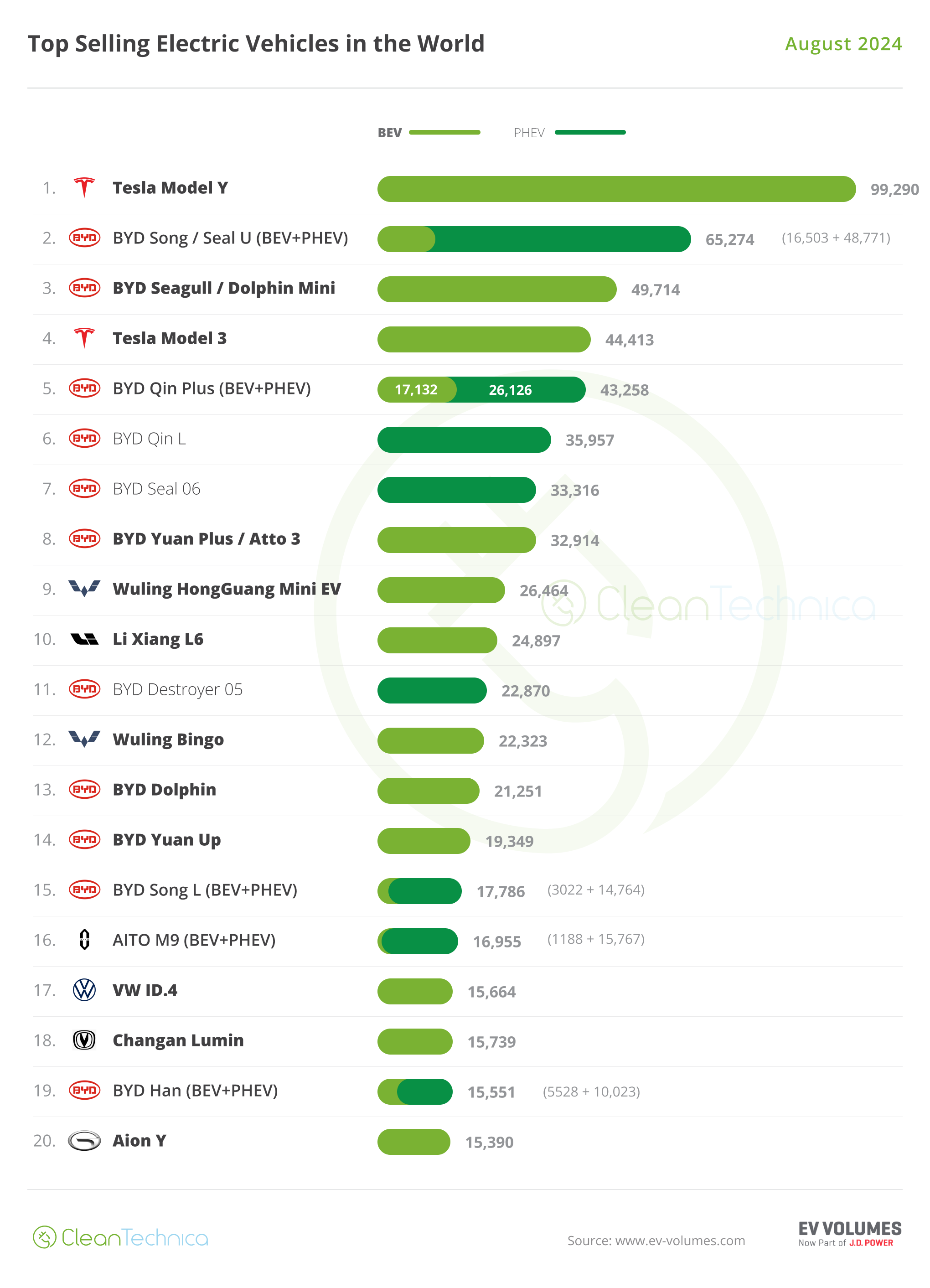
Sign up for daily news updates from CleanTechnica on email. Or follow us on Google News!
Hydrogen. The word conjures up visions of a brave new world with abundant, zero-emissions energy and lots of green steel. In short, hydrogen is seen as the wonder drug that will allow humans to enjoy the lifestyle to which they have become accustomed without causing the planet to overheat. It’s not surprising such a wondrous prospect has many supporters clapping and cheering. There are few clouds on the hydrogen horizon, however.
For one thing, making green hydrogen involves splitting water into its component atoms — hydrogen and oxygen — using electricity. If that electricity is made from thermal generation that relies on coal or methane, the resulting hydrogen cannot claim to be green. The electrolyzers needed are also voracious consumers of electricity. There is simply not enough renewable energy available in most places in the world to supply all the electrons needed to operate them. Finally, the cost of green hydrogen is three times — or more — greater than the cost of hydrogen made from methane gas. Technological wonders are all well and good in the laboratory, but of little interest to the world of commerce unless they are price competitive. In a perfect world, saving humans from being cooked by a hotter planet would carry great weight, but in reality, unless it can be done cheaply, no one cares.
Saudi Arabia has peered into the future and seen there may be a time when it has no more oil to sell, and so it wants to transition to selling green hydrogen instead. It would like to help the world reduce its carbon emissions, which is rather ironic considering that it has been the primary source of those emissions for the past 70 years or so. Nonetheless, at COP 29 on Baku last year, Wesam Al-Ghamdi, CEO of NOEM Green Hydrogen Company, announced that the world’s largest green hydrogen facility is on track to begin production in December of 2026. He enthused that the project is “being built at a scale no one has attempted before,” and will rely entirely on solar and wind energy to power a 2.2 gigawatt electrolyzer that will produce hydrogen continuously.
Using Saudi Arabia’s abundant solar and wind energy will reduce the production expenses and make the green hydrogen more commercially viable. “We have the abundance of solar and wind, so we have that renewable power competitive advantage,” he said. That cost advantage is expected to make the green hydrogen produced cheaper than what is available from other global suppliers. Whether it will be cheaper than the gray hydrogen made from methane today is a question he did not address.
The project is located within NEOM, a $1.5 trillion planned city located in the northwest corner of Saudi Arabia that is not expected to be completed until 2040. Spread across more than 10,000 square miles, it is expected to include a floating industrial complex, a global trading hub, several tourist resorts, and a linear city powered by renewable energy sources. It is part of Saudi Arabia’s broader Vision 2030 initiative designed to reduce the country’s economic reliance on oil by expanding into new industries such as renewable energy, tourism, and technology. “Our goal isn’t just to produce hydrogen but to build a foundation of expertise here in Saudi Arabia,” Al-Ghamdi told Arab News, and added that the project seeks to build a lasting skills base in the country.
With global interest in hydrogen accelerating, he sees the project as especially well placed to capitalize on Saudi Arabia’s natural advantages. “We have the scale, location, and the partnerships in place that give us a significant lead,” he said, describing NGHC as a potential model for Saudi Arabia’s broader push into renewable energy and a significant part of Vision 2030’s economic transformation goals, NGHC has signed a 30-year distribution contract with Air Products to bring its green hydrogen to international markets in the form of ammonia, which makes it easier to transport and distribute.
SEFE Signs Hydrogen Deal
NGHC is not the only company in Saudi Arabia that is making green hydrogen a central part of its future. Securing Energy for Europe (SEFE) in Berlin, an instrumentality of the German government, has signed a letter of intent with Saudi-based ACWA Power to supply it with 200,000 tons of green hydrogen beginning in 2030. Is there a need for so much green hydrogen? One steel plant in Duisburg is expected to require 143,000 tons of it per year.
According to Handelsblatt, in a climate neutral economic system, hydrogen will play a major role alongside renewable electricity in a transition to a low or zero emissions economy. Hydrogen gas can be burned to generate electricity in power plants when there is not enough wind and solar power. It can also be used instead of coke in blast furnaces for steel production, which will eliminate some of the huge amounts of carbon dioxide created by traditional steel making processes.
ACWA Power will act as a leading developer, investor, and operator of production plants for green hydrogen and green ammonia, while SEFE will be a co-investor and principal customer. It will use its position as one of Europe’s largest energy traders to market green hydrogen to German and European customers. The letter of intent was signed in the presence of German finance minister Jörg Kukies and Saudi energy minister Prince Abdulaziz bin Salman. SEFE was previously known as GazpromGermania and was a subsidiary of Russia’s national methane producers, Gazprom. After Russian invaded Ukraine — which sparked an energy crisis in Europe, especially in Germany — the company was nationalized and the name changed.
SEFE has already concluded other agreements on hydrogen imports. In November 2024, the company announced a cooperation with the Brazilian energy producer Elektrobras for 200,000 tons of green hydrogen per year beginning in 2030. That contract is open-ended with no specified end date. In December 2023, SEFE and the Norwegian company Equinor signed a letter of intent for the German company to become a long term buyer of low carbon hydrogen from Equinor between 2029 and 2060. The initial goal is to supply five terawatt hours per year, which will be increased to up to 40 terawatt hours per year between 2050 and 2060. Just exactly what constitutes low carbon hydrogen is not clarified in the Handelsblatt article. Norway does have abundant hydropower resources, but Equinor is also a major methane producer.
The Conversion Factor
Hydrogen is damnably difficult to transport. It reacts with many other elements. It leaks from every possible source. It can be converted to a liquid, but it has to be chilled to -253º C (-423º F) first and kept at that temperature during transit. It can be compressed to between 350 and 700 bar (5,000 and 10,000 psi) for transport, but once again, that pressure must be maintained during transit. Ultra cold temperatures and high pressures are challenges that drive up the cost of hydrogen for commercial use.
Some believe the best way to transport hydrogen is to convert it to ammonia, which does not require low temperatures or high pressures to move it from one place to another. It can also be used as a fuel, as Andrew Forrest demonstrated when he brought an ammonia-powered ship to the COP 28 conference in Dubai. But there is a problem. To make hydrogen, the ammonia would need to be converted back to hydrogen once it arrives at its destination. Every time there is an energy conversion, there are losses involved in the process. If we boil water, we lose some of the liquid to evaporation. Those who have solar installations on their roofs know a certain amount of the electricity produced is lost when DC current is converted to AC current. The more conversions, the greater the losses.
That is why Transport and Environment recommends an “electrification first” approach for Europe before looking to green hydrogen for solutions. When it comes to making green steel, hydrogen may be essential, but the idea of using sunshine on the Arabian peninsular to power electrolyzers that make hydrogen from water, then converting that hydrogen to ammonia to be placed aboard ships bound for Germany where the ammonia will be converted back into hydrogen which will then be used to make electricity is a hugely wasteful process. The number of conversions needed should make that idea a non-starter.
Green hydrogen has been a dream for advocates of a zero carbon world for decades. It sounds good on paper and works well in the lab, but in the real world it has yet to become remotely competitive. Until it does, it will remain just a pleasant fantasy.
Chip in a few dollars a month to help support independent cleantech coverage that helps to accelerate the cleantech revolution!
Have a tip for CleanTechnica? Want to advertise? Want to suggest a guest for our CleanTech Talk podcast? Contact us here.
Sign up for our daily newsletter for 15 new cleantech stories a day. Or sign up for our weekly one if daily is too frequent.
CleanTechnica uses affiliate links. See our policy here.
CleanTechnica’s Comment Policy


.jpg)

